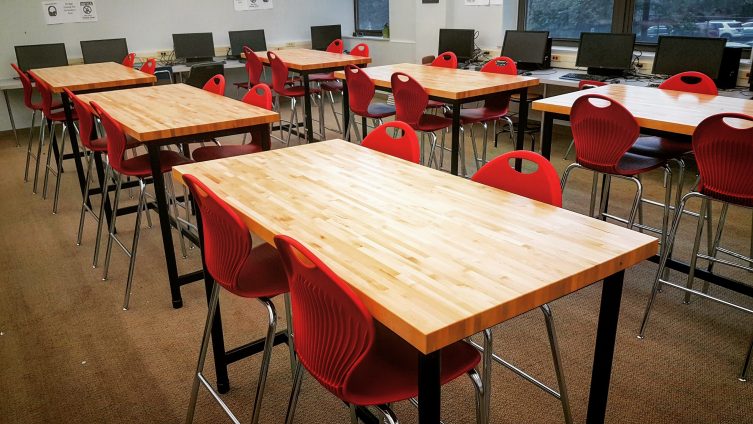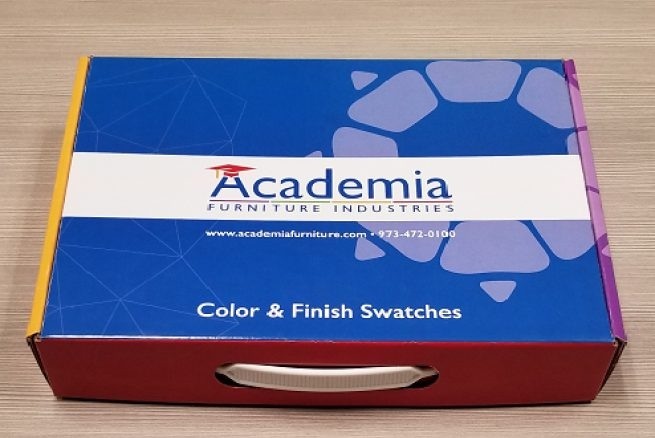Makerspaces, Student Engagement & the Future of the 21st Century Classroom
By Academia Furniture
Posted December 10, 2018
Photo by Avi Goldstein from Hertz Furniture showcasing furniture installation at Bloomfield High School in NJ
Getting
students involved in the decisions that impact their education can give them a
big incentive to be more engaged in their learning. When students can be
involved and make choices about their surroundings, they are more likely to be
invested in what they are learning. This creates a positive energy in the
classroom and can encourage creativity and engagement.
Whether it is working hands-on with arranging a makerspace in the classroom and choosing the layout, or collaborating in a group and solving a problem together, kids love being involved in their classroom and given agency to make choices that affect their daily life. After all, students do spend the majority of their waking hours sitting in a classroom, so it makes sense that involving them in decisions about the classroom will peak their interest.
Makerspaces are becoming more and more common in the 21st century classroom, providing students with opportunities to create, innovate, and think outside of the box. While maker education looks fun, it is challenging for teachers to evaluate students’ performance and progress. How does one grade creativity, problem solving, collaborative groupwork, and innovation?
It is essential that teachers are adjusting their classroom management style to fit the open-ended tasks of maker education. This means going from group to group, observing, asking students questions about their projects, and evaluating their self-assessments afterwards. It is more challenging than grading an essay or multiple-choice test, and therefore educators need to be motivated themselves to evaluate their students in this way.
The benefits of learning problem solving in a makerspace is the hands-on experience of manipulating materials, building and taking things apart, designing and creating, learning new skills, sharing ideas, and making mistakes. This all leads to a lot of learning for young minds. Students build understanding of the world around them and how to interact with it, they test theories, and they become more aware of and challenge their views of how things work and fit together.
The level of engagement that students have in their learning is unprecedented. Teaching becomes student-focused and about more than just memorizing information and repeating it verbatim. Skills such as creativity, problem solving, and working together in a group are developed and encouraged. These deep-thinking skills can be very valuable and are becoming more and more important in the 21st century.
Of course, the world of education is still focused on memorizing facts and figures, repeating ideas, and scoring well on standardized tests. However, education is changing as people realize the value of these other skills which lead to innovative, creative, and out of the box thinkers. With more and more focus on developing classrooms and educational methods that allow students to be involved in their education, give them space to be creative and learn hands on, and encourage problem solving over fact memorization, we are moving in the right direction towards the classroom of the future.
